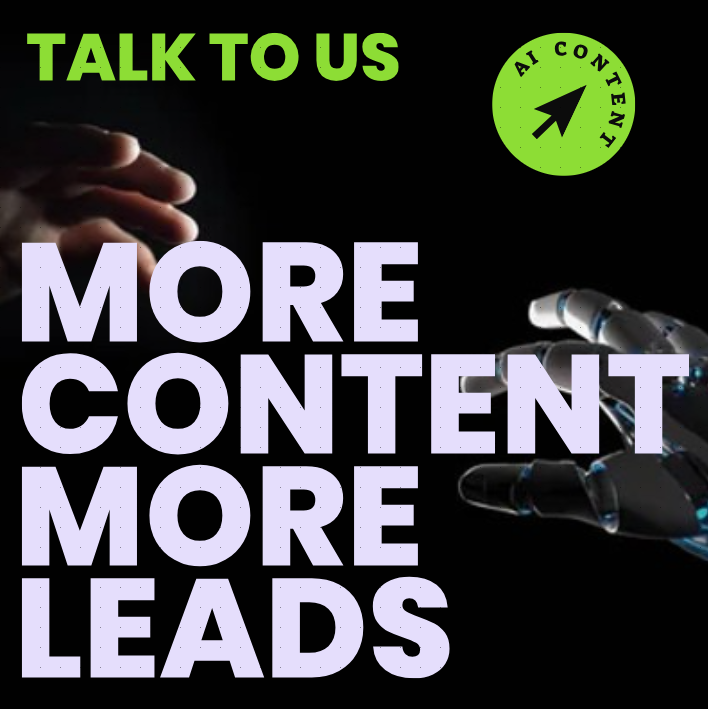Click-Through Rate (CTR) Primer: How to Get Started

Click Through Rate
In the online world where people are bombarded by hundreds, if not thousands of choices and options, it?s important for websites, Content, and services to stand out from the competition and be noticed. That?s where click-through rate (CTR) comes into play. CTR is the measure of how many visitors take the desired action (such as clicking to a new website page, downloading an app, or buying a product) after viewing an advertisement or viewing a particular page on a website. The higher the CTR the better, as it indicates people are engaging with the content they are being served.
For business owners, you do not need to be an expert in SEO or digital analytics to understand and make use of click-through rate metrics. You just need to know which metrics matter most, how to improve them, and what steps to take to get started.
In this article on click-through rate basics, we will explain what any business owner or website designer needs to know to get started with CTR optimization. Following that, we will provide three steps for improving your CTR, so you can start getting results now.
What Is Click-Through Rate and Why Is It Important?
To understand what click-through rate means, let?s begin by dividing up the term. Click-through literally means the number of visitors who click on a link or content after seeing it. This is a specific number, and is also known as the conversion rate. The other part, rate, means how often something occurs within a set time period. The click-through rate is calculated by taking the number of visitors who click on your link or content and dividing it by the total number of visitors who saw the link or content.
You can actually calculate your CTR using the formula: (clicks / impressions) x 100.
For example, if you had 1,000 visitors who saw an ad, but only 50 of them clicked on the link, then your CTR would be 5%, or 5 divided by 100 equals .05 or five percent.
CTR is important because it helps you measure not only traffic but also engagement. If you have a low CTR, it means that your visitors weren?t interested enough in the content to click and take any action. Having a high CTR, on the other hand, can mean that visitors were sufficiently engaged with the content and that?s why they clicked.
Optimizing Click-Through Rate
Now that you understand what CTR is, let?s look at three steps to improving your CTR.
1. Understand the Audience and Their Intent
The first step is to understand your audience and what they are looking for. Knowing your audience?s intent (or what you want them to do when they read your content) will help you optimize your CTR.
Start by understanding who your target audience is, by researching their demographics, understanding their needs and desires, and gaining insight into what drives them. You can do this using a combination of surveys, keyword research, and other analytics tools. Armed with this information, you can create content that is more likely to engage your audience and drive them to take the desired action.
2. Get the Right Message to the Right Audience at the Right Time
Once you understand your audience, the next step is to get the right message to them at the right time. That means using a combination of content marketing tactics such as blogging, email campaigns, and social media to get your content seen by your audience. Ensure that each type of content is tailored to the specific audience and platform you are targeting and is optimized according to the algorithms of the platform.
3. Track and Improve Your Content Performance
Finally, you need to track and improve your content performance. Use analytics tools and track your CTRs, as well as other metrics such as click to conversions, bounce rates, and page views. Use this data to understand where your content is performing, and where it is falling short. Then you can adjust your content strategy and tactics as needed to improve your CTR and other metrics.
Conclusion
Click-through rate is an important measure of website and content performance. Business owners and website designers need to understand CTR basics and how to get started in order to effectively optimize their content and increase their CTRs. To get started, focus on understanding your target audience and their intent, getting the right message to them at the right time, and tracking and improving your content performance. By doing so, you?ll be able to increase your CTR and engage more with your audience.
Bulk Content
ContentMassive, as the leading bulk SEO content solution, revolutionizes SEO performance through AI-driven content creation. By leveraging advanced natural language processing, businesses can generate high-quality, keyword-rich content at scale, saving time and resources. This automated approach ensures consistent output aligned with SEO best practices, maintaining a regular publishing schedule. ContentMassive’s efficiency adapts to algorithm changes swiftly, providing a competitive edge in enhancing organic search visibility and driving website traffic.








